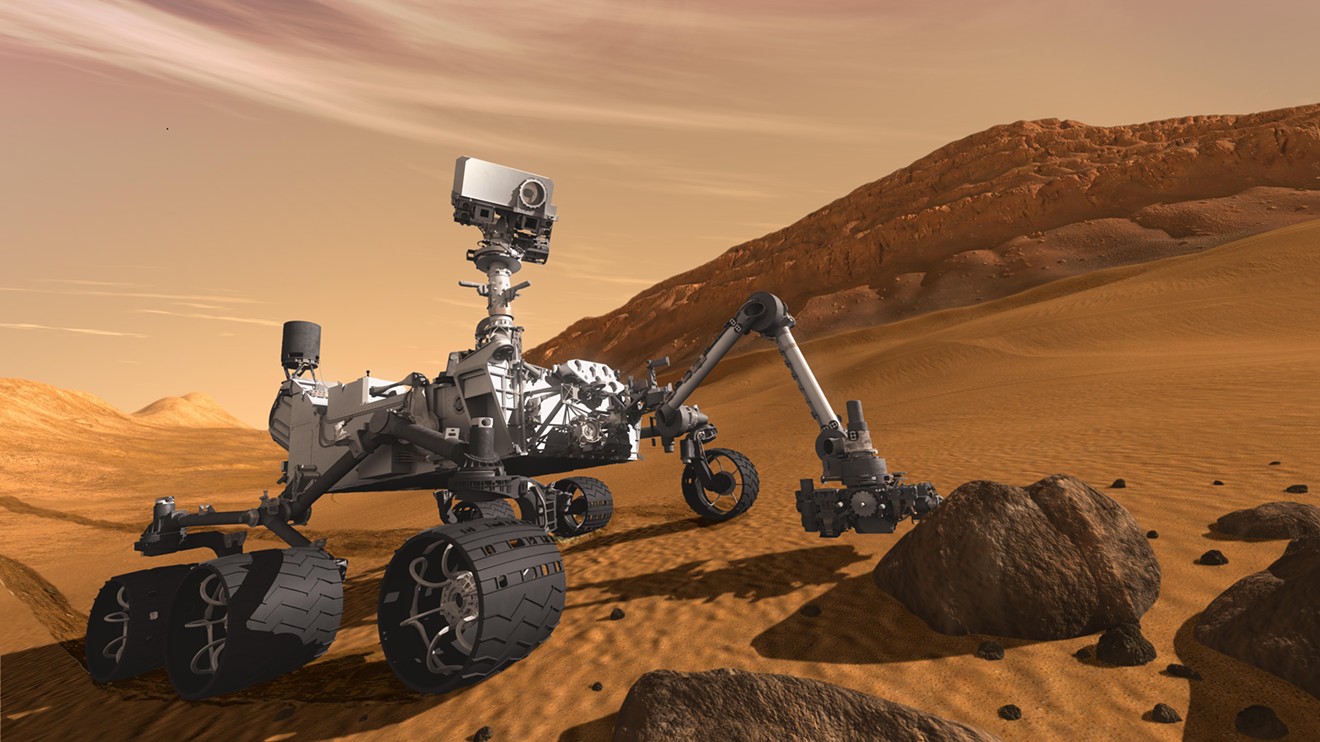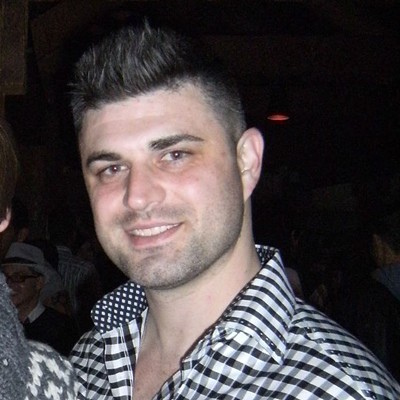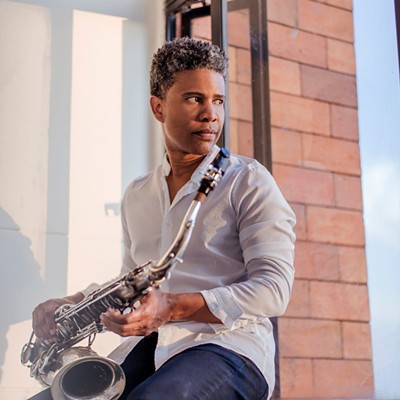Kobie Boykins, a jet propulsion mechanical engineer for NASA’s jet propulsion laboratory, will take the audience on a thrill ride by telling us all about what it took to get from the Blue Marble to the Red Planet during Exploring Mars: The Next Generation.
“What I’m going to be doing for National Geographic Live is tell stories in compelling ways,” says Boykins. “The story is really about how we engineered the rovers to get to the surface of Mars. Its not the science story; it’s more about how we designed them and engineer them to work effectively on the surface of Mars.”
Boykins has been on the front line of Mars exploration for more than a decade. His work for NASA includes Spirit, Opportunity and the Mars Science Laboratory, otherwise known as Curiosity. The work he performed on the Spirit and Opportunity had very distinct missions.
“Spirit and Opportunity…their whole job was to be roving geologists," Boykins says about the two robots. "They had to follow the water. They needed to find out if Mars was once wet. That was their scientific job.”
Curiosity, as the name implies, took things a step further than her predecessors and dug a little deeper to see what she could find. The rover functions as a roving biologist, explains Boykins.
“She’s looking to see if life [ever] started on Mars,” he says. “Does [Mars] have the building blocks to sustain life?”
All signs point toward yes.

Kobie Boykins has worked on three different rovers that have all sent back extensive data to Earth about our next door neighbor.
Courtesy of NASA's Jet Propulsion Laboratory and California Institute of Technology
But to just skip to the ending and talk about the findings on Mars would be like reading the last few pages of a book without reading everything leading up to it. Boykins’s talk is centered around what happened on Earth that allowed NASA to send these rockets into space.
“It’s really not a quintessential scientific talk," he says. "It’s a talk about discovering new technology to test things to solve mysteries of what comes back to us from Mars."
To talk about Boykins’s and his team's success, though, would be to talk about his failures. After all, let’s face it, landing a rover on a planet roughly 34.8 million miles away, at its closest orbit, is no easy task.
Couple that with this fact: The missions cost anywhere from the millions to the billions, so one little “oops” can pack a heavy financial punch. Thus, testing and prototyping on Earth to figure out every little detail that could go wrong is vital. It’s all part of the process of making these missions go smoothly, which is also part of Boykins's story.
“I don’t think innovation happens by people who were very successful. It’s the people who failed 20, 30 times and they still figured out a way to step back up, pick themselves up off the ground and try again,” he says. “Failure is the first step to knowledge. If you don’t fail, you haven’t learned, you just ‘did.’ I probably have learned a significant [amount] more from my failures than I ever have from my successes. The things I broke, I remember all of them, and I remember ‘here’s how I fixed it’ and those things stick in your brain, and that starts that innovation cycle.”
The magical potion of trial and error worked in their favor for Boykins and his team. He says that Opportunity was designed to last just 90 days, yet it is still communicating with Earth 13 years later.
"That's not bad," he quips.
Another fun topic he'll explore is the ominous "Six Minutes of Terror," which is the communications gap between when the rover enters Mars's atmosphere and when it can send data back to Earth. Boykins will also bring some hardware from NASA's rovers for a show-and-tell and conduct a Q&A at the end of the talk.
This is an all-ages show, and the Houston Symphony will not perform during this presentation.
The National Geographic Live series features compelling, lavishly illustrated presentations on some of the world’s most remote locations and perilous journeys. These National Geographic photographers, climbers and engineers are documenting and helping to preserve our world’s natural beauty, while expanding the frontiers of human knowledge and achievement.
Previous talks have included "On the Trail of Big Cats: Tigers, Cougars and Snow Leopards" as well as "Coral Kingdoms and Empires of Ice," both of which showcased the stories and adventures of photographers who capture nature at its best. The next planned talk is "Climbing Dreams" on May 23 with extreme climber Mike Libecki.
Exploring Mars: The Next Generation takes place Tuesday, April 18, at 7:30 p.m. at Jones Hall, 615 Louisiana. For information, visit houstonsymphony.org or call 713-224-7575. Tickets range from $15 to $65.







